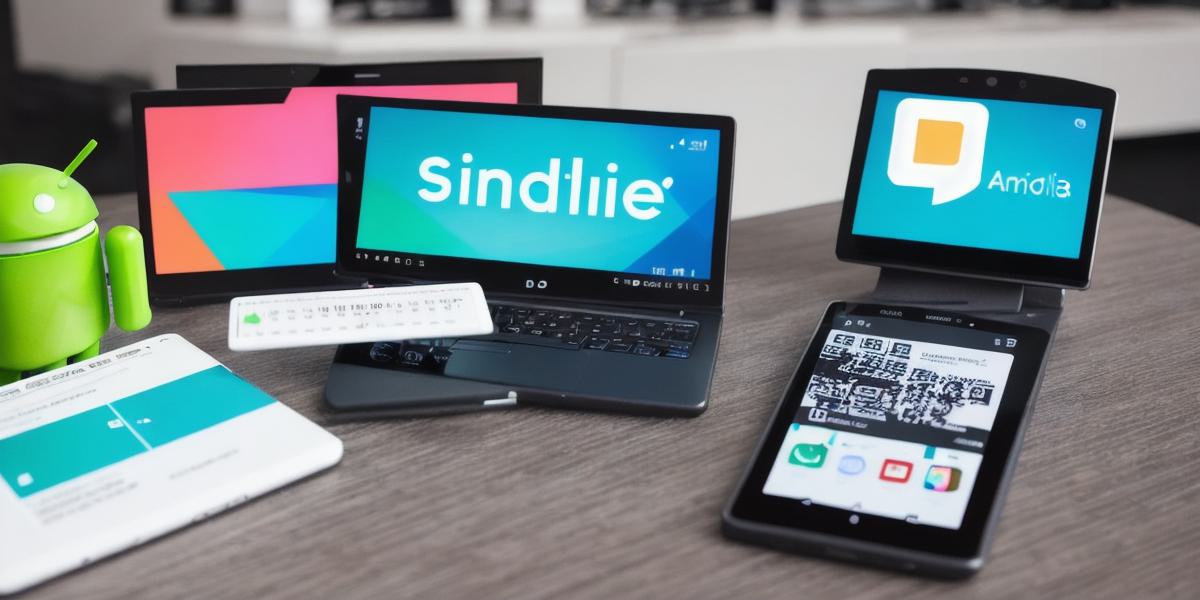Introduction:
Android is one of the most popular mobile operating systems, with over 90% of smartphones running on it. It provides developers with a vast array of tools and resources to create engaging and user-friendly apps for their customers. In this beginner’s guide, we will discuss the basics of Android development, including the different steps involved in creating an app, the necessary skills and tools, and best practices.
Step 1: Setting Up a Development Environment
The first step to developing for Android is setting up a development environment. This involves installing the Android Studio Integrated Development Environment (IDE), which provides developers with a comprehensive set of tools to design, develop, test, and debug their apps. Additionally, you will need to install the Java Development Kit (JDK) on your computer, as Android apps are built using the Java programming language.
Step 2: Designing Your App
Once you have set up your development environment, the next step is designing your app. This involves creating a wireframe or mockup of your app’s layout and functionality. It’s important to keep in mind user experience (UX) and user interface (UI) design principles when designing your app.
Step 3: Developing Your App
With your design in place, it’s time to start coding. Android apps are built using Java, so you will need to have a solid understanding of the language to create an app. It’s also important to use best practices such as version control and code reviews to ensure that your app is maintainable and scalable.
Step 4: Testing Your App
Once your app is complete, it’s crucial to test it thoroughly on a variety of devices and operating systems to ensure that it works correctly. You should also conduct user testing to gather feedback on your app’s design, functionality, and usability.

Skills and Tools Needed for Android Development:
To be an effective android developer, you will need a solid understanding of Java programming and mobile app development principles. Additionally, you will need to have experience with Android Studio and other tools such as Eclipse and Visual Studio Code. It’s also important to stay up-to-date on the latest Android updates and best practices.
Summary:
Android development is a rewarding and exciting field, with endless opportunities for creativity and innovation. Whether you are just starting out or have been developing for years, there is always something new to learn. By following the steps outlined in this beginner’s guide and using the skills and tools discussed, you can create engaging and user-friendly apps that will resonate with your target audience.
